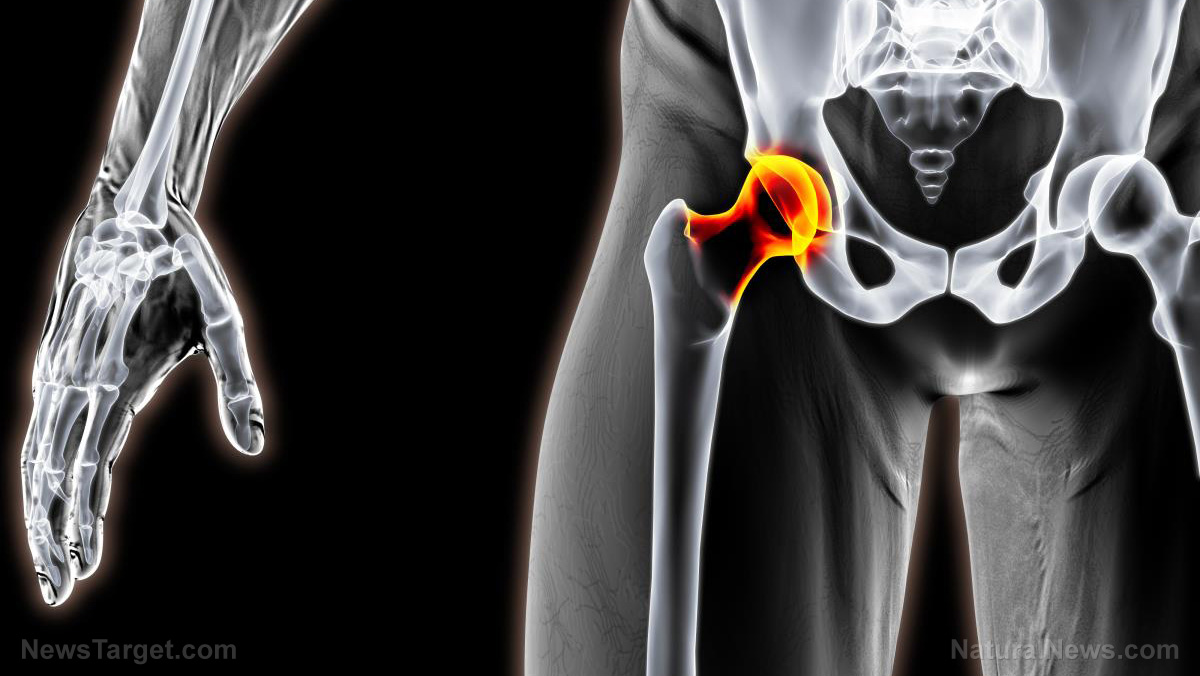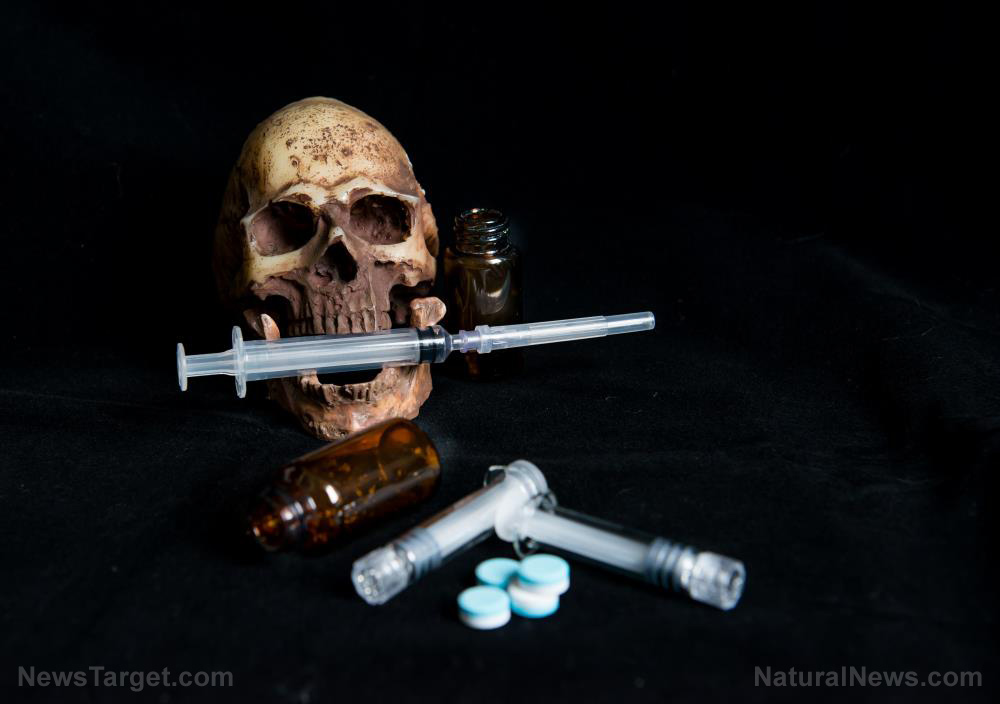Investigating the association of dietary niacin intake with bone mineral density, hip fractures and body composition
03/24/2020 / By Evangelyn Rodriguez

In this study, researchers from different universities in the U.S. examined the association of dietary niacin intake with multiple skeletal health parameters, such as bone mineral density (BMD), hip fractures and body composition. Their findings were published in the Journal of Bone and Mineral Research.
- Interest in niacin has increased due to its potential involvement in diseases associated with aging.
- However, to date, no study has investigated its influence on bone health, particularly in African American and white men and women.
- To address this, the researchers recruited 5,187 men and women aged 65 and above from the Cardiovascular Health Study (CHS).
- These participants had a mean daily dietary niacin intake of 32.6 mg and were divided into four quartiles:
- Quartile 1, with an intake of 3.6 to 21.8 mg per day
- Quartile 2, with an intake of 21.9 to 30.2 mg per day
- Quartile 3, with an intake of 30.3 to 40.9 mg per day
- Quartile 4, with an intake of 41 to 102.4 mg per day
- The researchers estimated the risk of incident hip fracture per 10 mg increment of daily dietary niacin intake using proportional hazards models.
- They reported that during a median follow-up of 13 years, 725 participants had an incident hip fracture.
- Adjusting for demographic, clinical characteristics and diet, the researchers found that dietary niacin intake was significantly associated with an increased risk of hip fractures.
- Both the lowest and highest quartiles of niacin intake were associated with an increased risk of incident hip fracture compared with quartiles 2 and 3.
- Meanwhile, dietary niacin intake was inversely associated with hip BMD. However, it had no significant association with total body BMD or any body composition measures.
Based on these findings, the researchers concluded that in elderly, community-dwelling African American and white men and women, high and low dietary niacin intake significantly increases the risk of hip fracture.
Journal Reference:
Carbone LD, Buzkova P, Fink HA, Raiford M, Le B, Isales CM, Shikany JM, Coughlin SS, Robbins JA. ASSOCIATION OF DIETARY NIACIN INTAKE WITH INCIDENT HIP FRACTURE, BMD, AND BODY COMPOSITION: THE CARDIOVASCULAR HEALTH STUDY. Journal of Bone and Mineral Research. 2019;34(4):643–652. DOI: 10.1002/jbmr.3639
Submit a correction >>
Tagged Under:
#nutrition, aging, bone fractures, bone health, bone mineral density, diet, hip fracture, niacin, nutrients, research, vitamin B3
This article may contain statements that reflect the opinion of the author




















